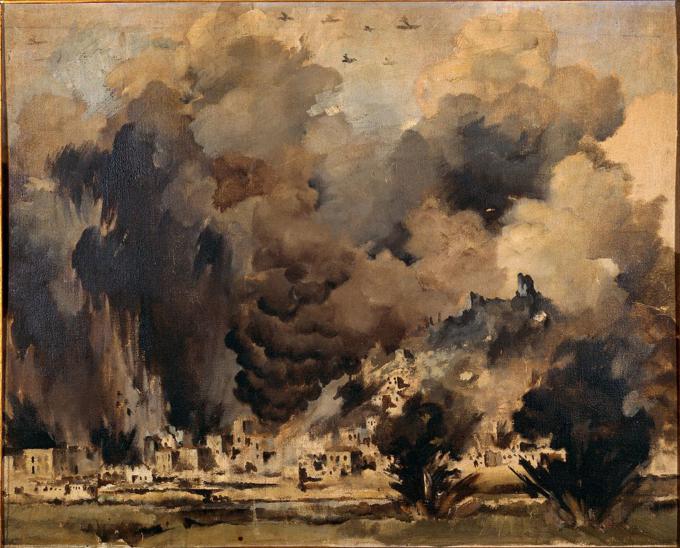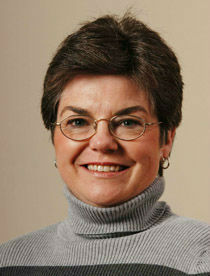
Spirituality
Feb. 15 marked the anniversary of the Allied bombing in 1944 that turned the monastery into rubble and killed an unknown number of refugees seeking asylum there.

Caldarola
The hairpin turns were gasp-inducing, especially to someone afraid of heights. As we climbed higher and higher, I alternated between covering my eyes and then peeking out at the remarkable landscape unfolding beneath the narrow Italian road that spiraled up toward the peak of Monte Cassino.
I was on my way to one of Christianity's greatest landmarks as well as the site of a controversial World War II Allied bombing that obliterated the monastery at the peak.
Monte Cassino, southeast of Rome, is where Benedict of Nursia is traditionally believed to have founded his monastery in 529, bequeathing the world what became known as the Rule of Benedict. There are Benedictines in Orthodox, Catholic and Anglican communities throughout the world.
In ancient times, Monte Cassino once held a pagan temple to Apollo, and as a monastery it once hosted St. Thomas Aquinas.
Feb. 15 marked the anniversary of the Allied bombing in 1944 that turned the monastery into rubble and killed an unknown number of refugees seeking asylum there. Fortunately, some ancient artifacts had been evacuated earlier, but the human and cultural loss was still heartbreaking.
On Feb. 10, we celebrated the feast of St. Scholastica, believed to be the twin sister of St. Benedict. Tradition tells us that the siblings were very close and were buried together at Monte Cassino.
The destruction of the monastery was particularly devastating because the bombing may have been based on false information. The Allies, struggling to reach Rome, heard conflicting reports of Germans occupying the monastery. They were more likely sequestered in the hills beneath the site.
When the bombs dropped, some monks and refugees were in the crypt beneath the monastery. They heard the percussions, and the screams of those above. The devastation was near total, although famous bronze doors, built in 1066, were salvaged.
The day I visited Monte Cassino it was peaceful and beautiful. It was very early spring and there were few tourists as we wandered the monastery, rebuilt with large American contributions.
When the clergy abuse scandal and the subsequent cover-up in the Church first broke several years ago, an old friend wrote to me, lamenting, "What ever happened to our Church of the mystics, the monks and the Mass?"
It seemed to me that Monte Cassino was that Church, looking down on the plains of Italy.
World War II was not the only occasion of destruction on Monte Cassino, however. History tells us that in the late sixth century, the Lombards stormed the monastery. In 884, it was the Saracens. In 1030, the Normans sacked the place.
And yet, the Rule of Benedict prospered and continues to enrich the Church.
War is a terrible thing, and as I write this, the world is once again on edge as the Russian army masses on Ukraine's border. History is a tale of so many fruitless and brutal wars. Will we ever learn?
We as Americans have to take a hard look at our own role in promoting peace. This year, the U.S. passed the second highest defense budget in U.S. history, based on inflation. In my own lifetime, I've seen questionable wars in Vietnam and Iraq, and a war on terror that may have produced more terrorists than it eliminated.
"We can no longer think of war as a solution because its risks will probably always be greater than its supposed benefits," wrote Pope Francis in the encyclical "Fratelli Tutti, on Fraternity and Social Friendship."
Monte Cassino reminds us of the two sides of human experience: the humble quest for the mystery that is God and the horror and destructiveness of sin.
- Effie Caldarola is a columnist with the Catholic News Service.
Recent articles in the Spirituality section
-
Pushed off the platformMichael Pakaluk
-
Advice to fathersMichael Pakaluk
-
The higher you go liturgically, the lower you should go in service of the poorBishop Robert Barron
-
The Easter Season is the fleshly seasonMichael Pakaluk
-
Ripley and RupnikEffie Caldarola





